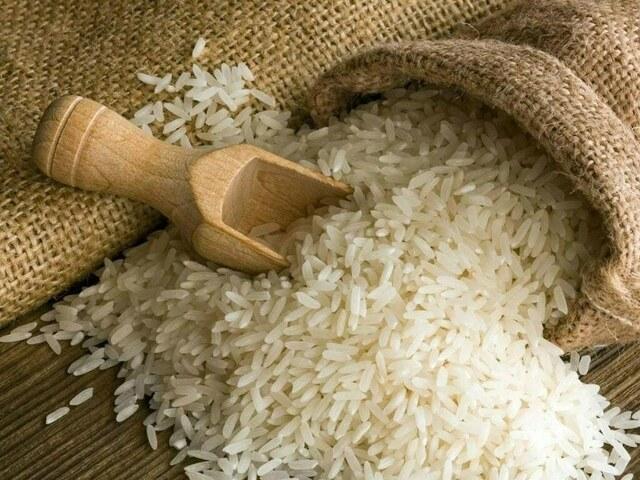Indus rice crop: separating fact from speculation – BR Research News Jani
While the humanitarian fallout from the floods is truly devastating, the serious concerns being raised on social media—the national rice crop—risk painting a far more dire picture than might be warranted. While it is true that the province contributes one-third of the national rice production, its share in the production of Basmati – Pakistan’s main rice variety – is less than 1 percent. Instead, the province mainly produces hybrid and IRRI rice, of which more than 90 percent is exported on average.
In fact, of the total 4 million metric tons (MMT) of IRRI and hybrid rice production in the country, 2.5 MMT (or 63 percent) is grown in the Southern Province. During the last fiscal year, Pakistan’s non-Basmati (IRRI and hybrid) rice exports breached 4.1 MMT, indicating that very few non-Basmati varieties are used locally.

In contrast, most of the rice consumed locally is of the Basmati variety, grown in the Kallar region of the northeastern and central districts of Punjab province. Fortunately, the Basmati region has been spared flooding this monsoon, suggesting that Pakistan’s grain security – at least to the extent of domestic rice consumption – may not have been affected by the floods.

